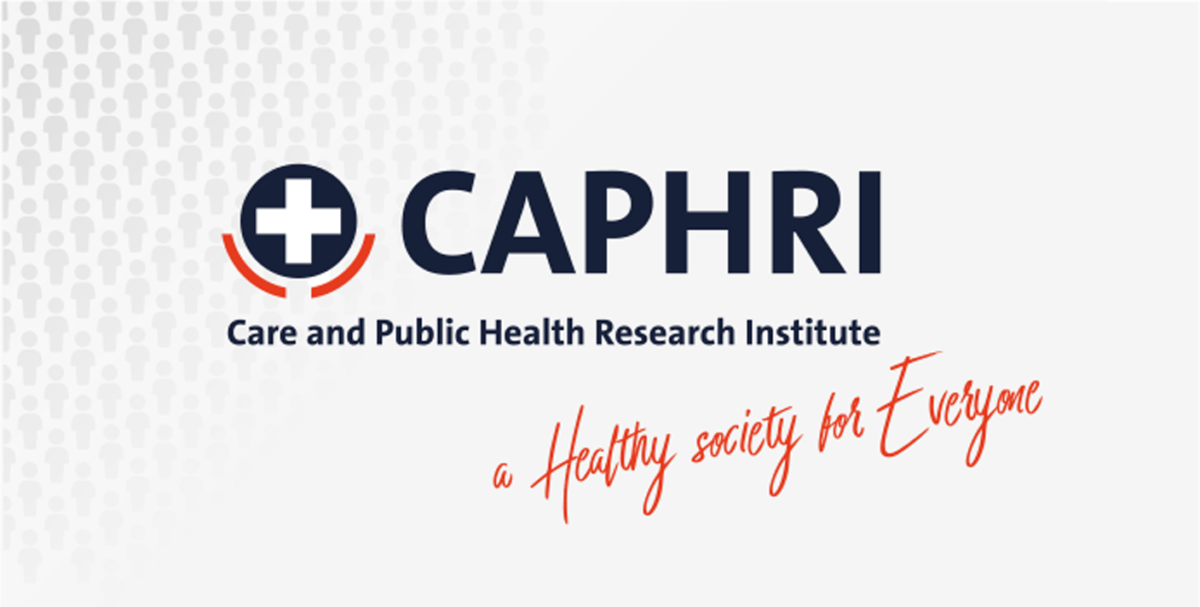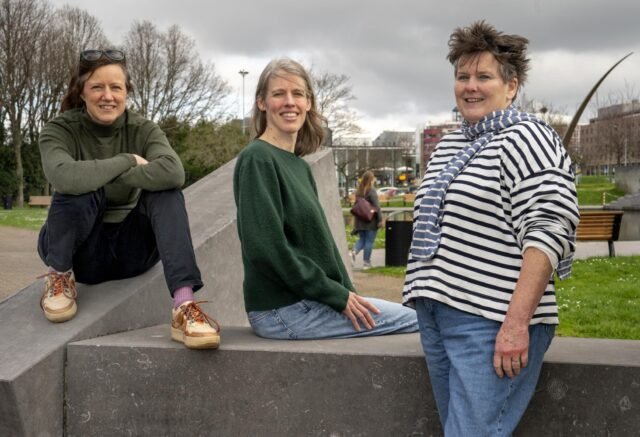Caphri researchers
- Brigitte van der Zanden (PhD)
- Dr. Alena Kamenshchikova (PI)
- Prof. Dr. Christian Hoebe
- Dr. Petra Wolffs
- Prof. Dr. Klasien Horstman
Zie ook
While living in a Schengen region ‘without borders’, we experienced how Covid19 led different states to close the borders. This had great impact on the everyday, cross-border life of people. The closed borders were a huge obstacle for work, schools, day care, family relations, leisure and consumption etcetera. In terms of pandemic control, the border closings were not very effective, but they underline the national organization of infectious disease control. In many cross border regions around the world, people struggle with the tensions between the global mobility of people, animals, microbes and the fluidity of borders and the national-legal infrastructures of infectious disease control (IDC). Moreover, different mobile groups – students, tourists, asylum seekers, laborers – are treated differently in IDC. This raises the question what borders do in a global, mobile, infectious world.
Mobility is a major characteristic of the modern and interconnected world. In 2022, more than 1.2 billion people moved across the world, including approximately 965 million international tourists1, an estimated 169 million* international migrant workers2, as well as about 108.4 million forcibly displaced people3. However, these mobile groups may have drastically different experiences when crossing international borders and trying to access healthcare services in different countries within their travel trajectories. While some mobile groups, such as asylum seekers, may be given limited rights to access healthcare services and are labeled to be “infectious spreaders”, as happened during the Covid-19 pandemic, other mobile groups, such as international tourists, have very different cross-border experiences, including access to healthcare services.
Global mobility refers not only to the movements of different populations, but also to the mobility of non-humans, such as plants, microbes, animals, and goods. Across the world we see the cross-border movements of trucks with pigs and cows, as well as flowers, fruits, and vegetables that have been grown in one country, processed in the second and sold in the third. These diverse forms of global mobility of humans and non-humans can pose serious challenges for infectious disease control, including risks of zoonotic infections. However, public health research and practices in the areas of human and non-human mobility have been largely separated. Yet, it is these complex assemblages of different moving elements across geopolitical borders that create specific political, economic, and public health challenges and needs.
Despite continuous cross-border mobility of humans and non-humans, infectious disease control (IDC) infrastructures remain state based. This includes politico-legal, data and knowledge infrastructures that determine who can cross state borders, what healthcare access they will have, and how public health professionals can communicate health information across those borders. On the one hand, we cannot imagine a world without global mobility, but on the other hand knowledge IDC infrastructures and politico-legal systems are nationally organized and cannot always transcend the borders of an individual state. So, how can IDC be organized across state-borders? What are the main challenges and what needs to be in place for public health professionals to communicate health data and provide care across states? How can cross-border care can be organized in a just and equitable way? How to ensure the continuity of care for mobile communities, such as international migrant workers and asylum seekers? How can care follow the movements of humans and non-humans? What type of knowledge, political and legal infrastructures are needed?









